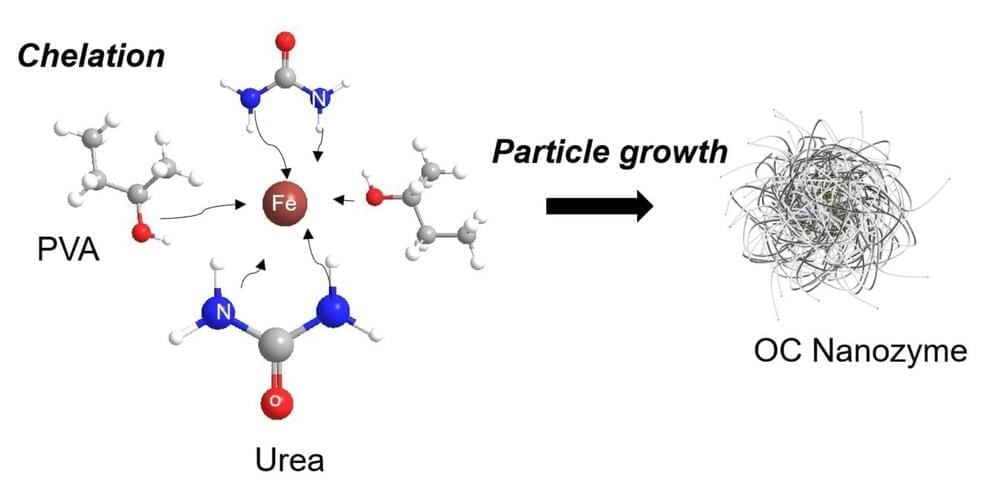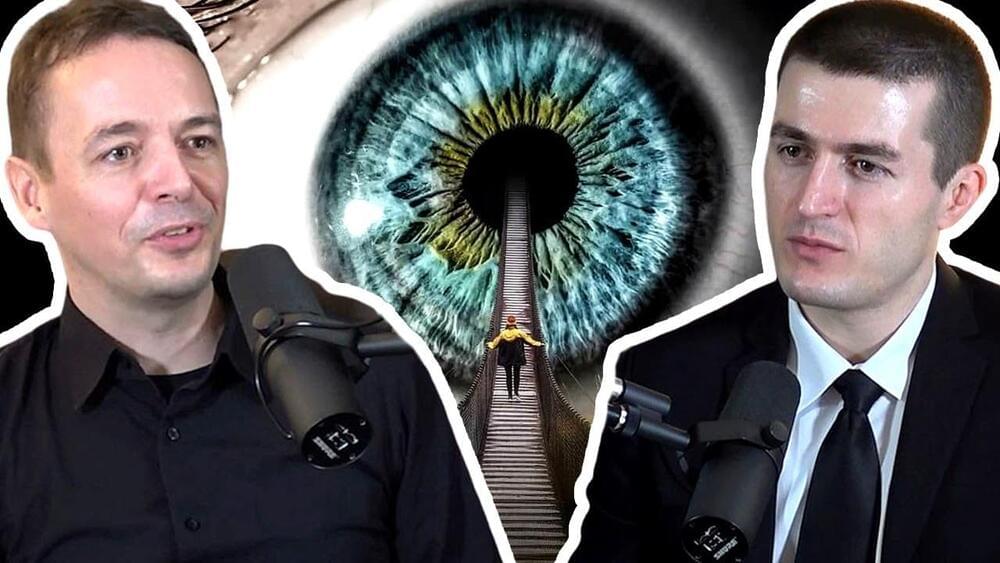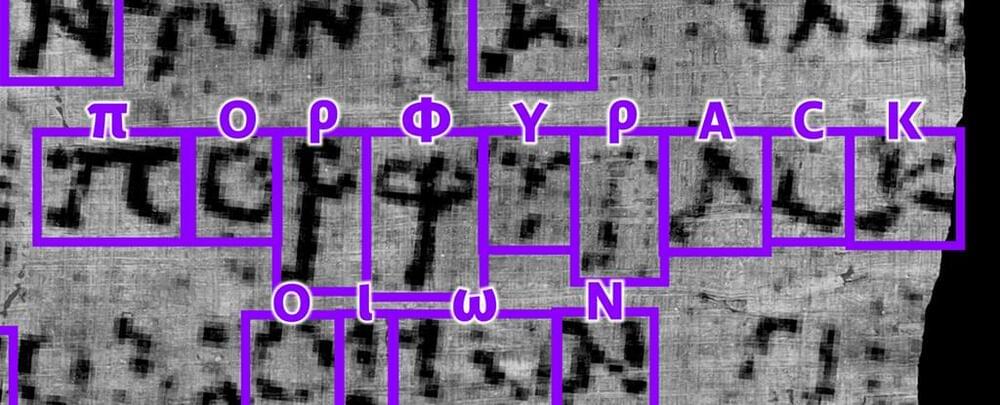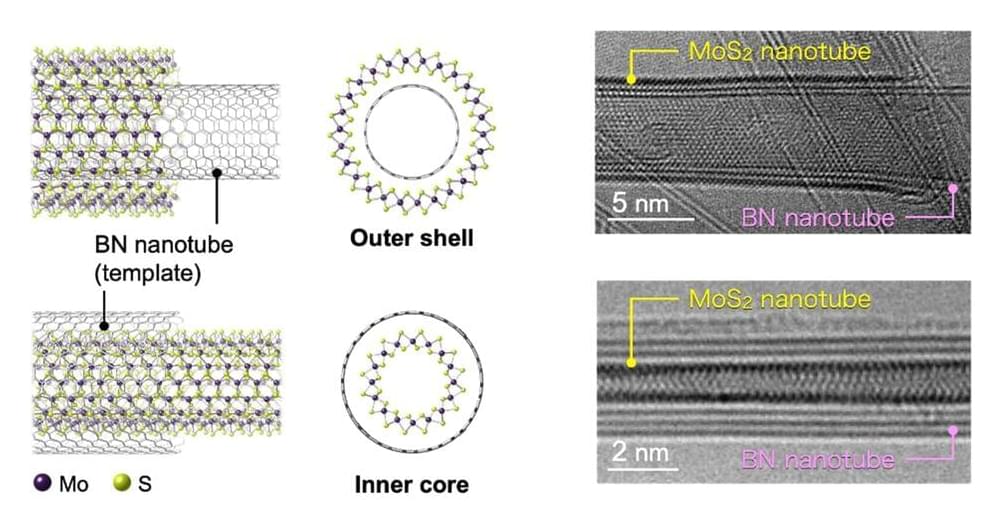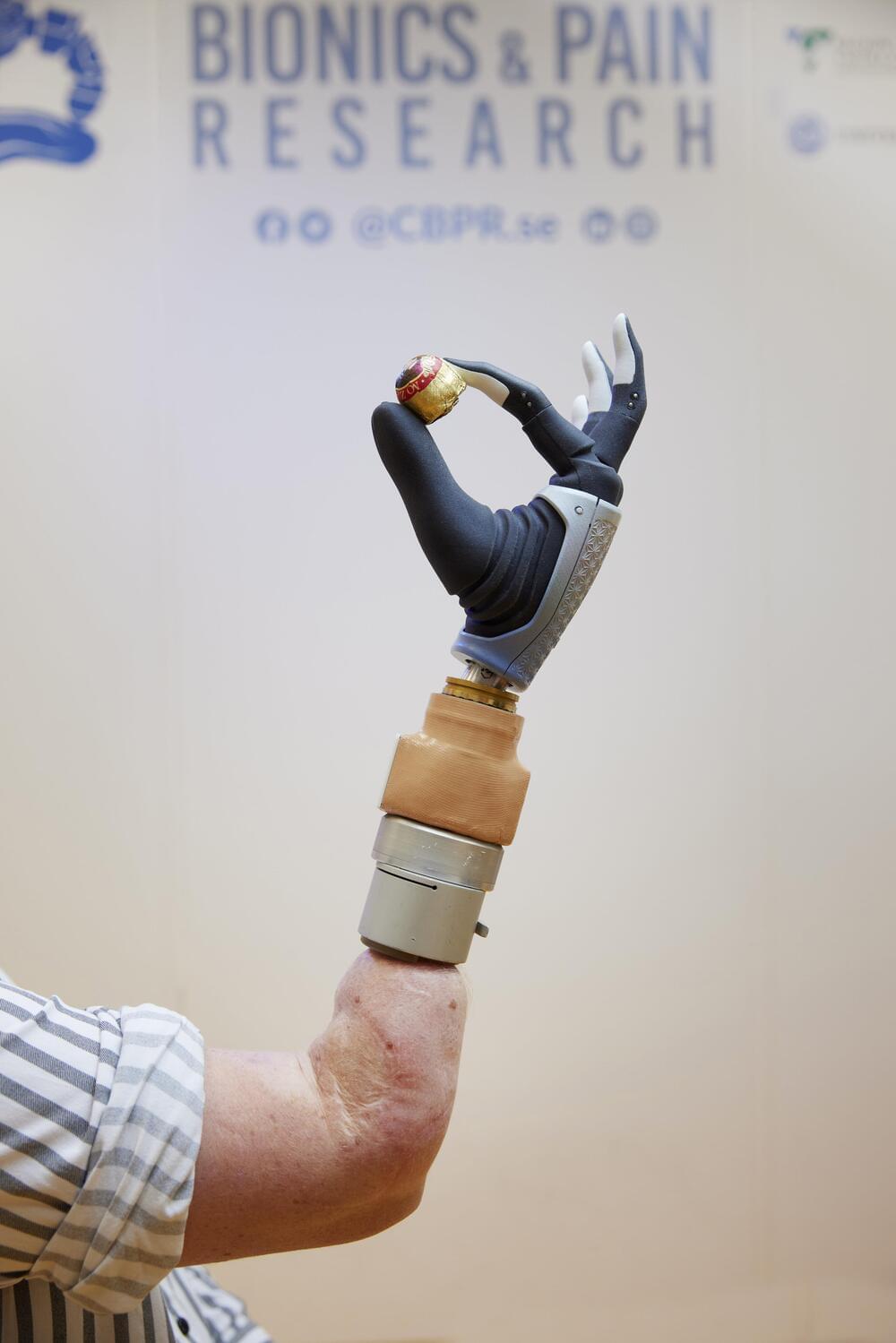Oct 16, 2023
Researchers develop organic nanozymes suitable for agricultural use
Posted by Genevieve Klien in categories: biotech/medical, chemistry, engineering, food, nanotechnology
Nanozymes are synthetic materials that mimic the properties of natural enzymes for applications in biomedicine and chemical engineering. Historically, they are generally considered too toxic and expensive for use in agriculture and food science. Now, researchers from the University of Illinois Urbana-Champaign have developed a nanozyme that is organic, non-toxic, environmentally friendly, and cost effective.
In a newly published paper, they describe its features and its capacity to detect the presence of glyphosate, a common agricultural herbicide. Their goal is to eventually create an user-friendly test kit for consumers and agricultural producers.
“The word nanozyme is derived from nanomaterial and enzyme. Nanozymes were first developed about 15 years ago, when researchers found that iron oxide nanoparticles may perform catalytic activity similar to natural enzymes (peroxidase),” explained Dong Hoon Lee, a doctoral student in the Department of Agricultural and Biological Engineering (ABE), part of the College of Agricultural, Consumer and Environmental Sciences (ACES) and The Grainger College of Engineering at U. of I.
